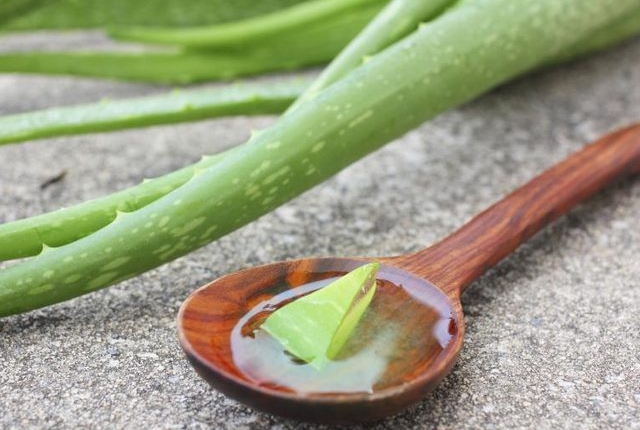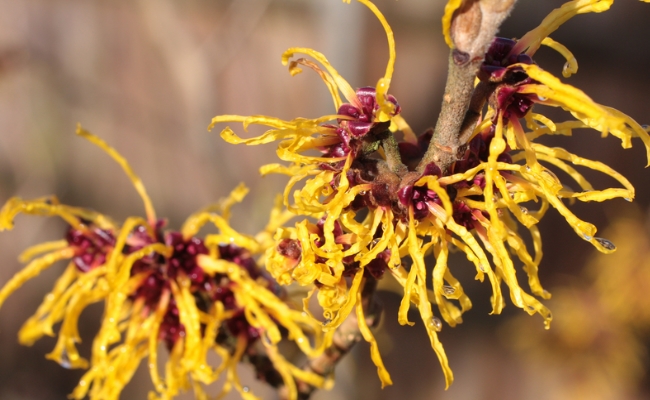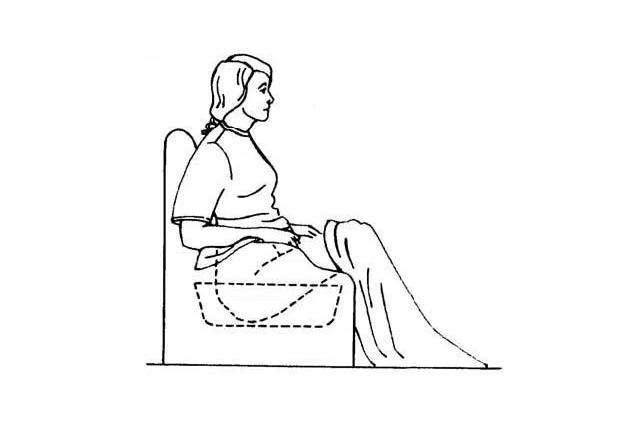Table of Contents
Haemorrhoids or Hemroids more commonly known as Piles and is a painful medical condition affecting millions of people across the globe. Simply speaking haemorrhoids are inflamed veins in the anal canal that become swollen and inflamed with time making the patient suffer extreme discomfort, pain and itching in the anal region especially when passing a stool.
In more server cases of haemorrhoids, the swollen varicose veins may lead to bleeding and burning sensation even hours after emptying the bowel.
Haemorrhoid Types
Haemorrhoids are medically classified into two major categories known as internal haemorrhoids and external haemorrhoids.
Internal Haemorrhoids
Internal Haemorrhoids are those haemorrhoids or swollen varicose veins that are found inside the anal canal. Most internal Haemorrhoids cause painless bleeding when the patients pass their stools. Bleeding while passing stools can also be associated with a more serious medical disease and it is recommend that one must undergo a proper diagnoses from a medical expert before pinpointing the cause of the bleeding to internal haemorrhoids.
Prolapsed Piles
Prolapsed piles or prolapsed haemorrhoids are sub category of internal haemorrhoids. Prolapsed haemorrhoids are internal haemorrhoids that come out of the anal region after passing the stools and stay outside unless physically pushed back into the anal canal. Prolapsed piles can be a very painful condition accompanied by severe itching, discomfort and rectal bleeding.
External Haemorrhoids
External haemorrhoids or external piles are those inflamed veins that are found outside the anal canal and near the anal opening. External haemorrhoids can be physically felt as bulging lumps near the anal opening.
Haemorrhoids Symptoms
One of the most important symptoms of haemorrhoids is the painless bleeding while passing stools. Usually the blood is extravagantly red in colour thereby underlining the fact that it’s a fresh rupture from an internal haemorrhoid.
Other important symptoms include the constant urge to go to the bathroom to pass stools even when the bowel is empty. Straining while passing stools accompanied by a feeling of sever burning sensation, itching and anal discomfort are other important symptoms that should never be ignored.
Top 10 Most Popular Home Remedies For Haemorrhoids
Now that we known an overview of what haemorrhoids are their symptoms, let us take a look at some of the most popular home remedies that can be useful in treating mild to moderate cases of haemorrhoids. It’s important to state that if the symptoms get worsen over a period of time, one should consult a medical specialist for a better and complete medical treatment rather than relying only on home remedies.
1. Aloe Vera
Aloe Vera is known worldwide to be an excellent natural home remedy for burns. Aloe Vera with its healing and anti inflammatory properties is a very useful remedy for those suffering from haemorrhoids. Applying a small amount of Aloe Vera gel or cream at the anal opening or on the external haemorrhoids if reachable can provide instant relief from the itching and burning sensations of the enlarged varicose veins. Regular local application of Aloe Vera also helps in reducing the swelling from the haemorrhoids.
2. Vinegar
The local application of vinegar near the anal opening on or the haemorrhoids if reachable by hand can provide good long term relief from the painful haemorrhoids. Vinegar with its intrinsic astringent properties helps in reduction of the overall size of the haemorrhoids and regular application of vinegar on the haemorrhoids reduced the swelling and the size of haemorrhoids thereby providing relief from pain and burning.Vinegar can be applied by dipping a cotton swab in a bowl of vinegar and applying the same locally on the anal region and the haemorrhoids.
3. Fibrous Diet
Inclusion of high fibrous diet in ones diet is a very small but a very effective home remedy to bypass the painful haemorrhoids. High fibrous diet can severely reduce any bleeding associated with any kinds of haemorrhoids by softening the stool making the bowel movement strain free.
Other than including high fibrous diet like green leafy vegetables and raw fruits, Psyllium husk is recommend by most experts as it’s one of the best powdered fibre supplement available naturally. Try taking 1 to 2 teaspoons of psyllim husk in the night along with a glass of water for best results.
4. Figs
The seeds of dry figs stimulate peristaltic movement of the intestines which makes it easier for the movement of stools in the bowels and anal canal region. Three to four dried figs soaked overnight in water after being cleaned thoroughly should be taken empty stomach first thing in the morning along with the water in which they were soaked to bring instant relief from painful haemorrhoids.
5. Witch Hazel
Witch hazel is another very effective home remedy to treat haemorrhoids. Witch hazel just like vinegar and Aloe Vera gel can be applied locally using a cotton swab near the anal regions and on top of the external haemorrhoids. Regular application of witch hazel on the inflamed veins also help in reducing the swelling of the haemorrhoids thereby making bowel movements easier and much more comfortable. Witch hazel is also often added to warm bath water to help shrink the swelling while bathing.
6. Ice Packs
Local application of ice cubes or ice packs to the haemorrhoids a few times each day for around 10 to 15 minutes is also known to bring relief from the swelling and burning associated with piles.Application of ice and ice packs also helps in relieving excess press on the rectal veins thereby making bowel movements easier and smooth.
7. Sitz Bath
Taking sitz bath before passing stools is one of the most highly recommended remedies for haemorrhoids. Such is the relief provided by sitza bath with lukewarm water that even most medical experts recommend taking sitz bath 2 o 3 times a day to treat haemorrhoid
To take sitz bath, fill a large tub with lukewarm to warm water and sit in the tub before any bowel movement. Sitz bath can be used even after a bowel movement especially if the process was a painful one. Sitz bath before passing stools helps in regulating a smooth bowel movement and sitz bath post stools can help in reduction of pain and burning associated with painful haemorrhoids.
8. Lose Weight
Obese or heavy individuals are much more likely to develop haemorrhoids compared to those who have a fit body. Loosing excess weight can help relieve the strain associated with a bowel movement which is directly related to developing haemorrhoids.Eating healthier food and chalking out a fitness program for 5 days a week can help reduce weight drastically which can be helpful in fighting haemorrhoids.
9. Cut Out The Excess Salt
haemorrhoids can be avoided and even cured by developing small dietary changes like cutting out the use of excess salt from the daily meals. Excess salt causes dehydration in the body and body then absorbs moisture in the stool which makes the stool hard and more difficult to pass. Limiting daily salt intake and keeping hydrated throughout the day will not only result in smoother bowel movement but even soft stools which would not trigger any haemorrhoid discomfort, pain or bleeding.
10. Horse Chestnut
The use of ancient herb called Aesculus hippocastanum or Horse Chestnut is also recommended home remedy to treat haemorrhoids successfully. Regular use of Horse chestnut relieves symptoms such as swelling and inflammation associated with piles. Horse chestnut is made of the active compound aescin and can be taken as a tea or in capsule form or even applied locally to bring relief.
Caution: Please use Home Remedies after Proper Research and Guidance. You accept that you are following any advice at your own risk and will properly research or consult healthcare professional.











